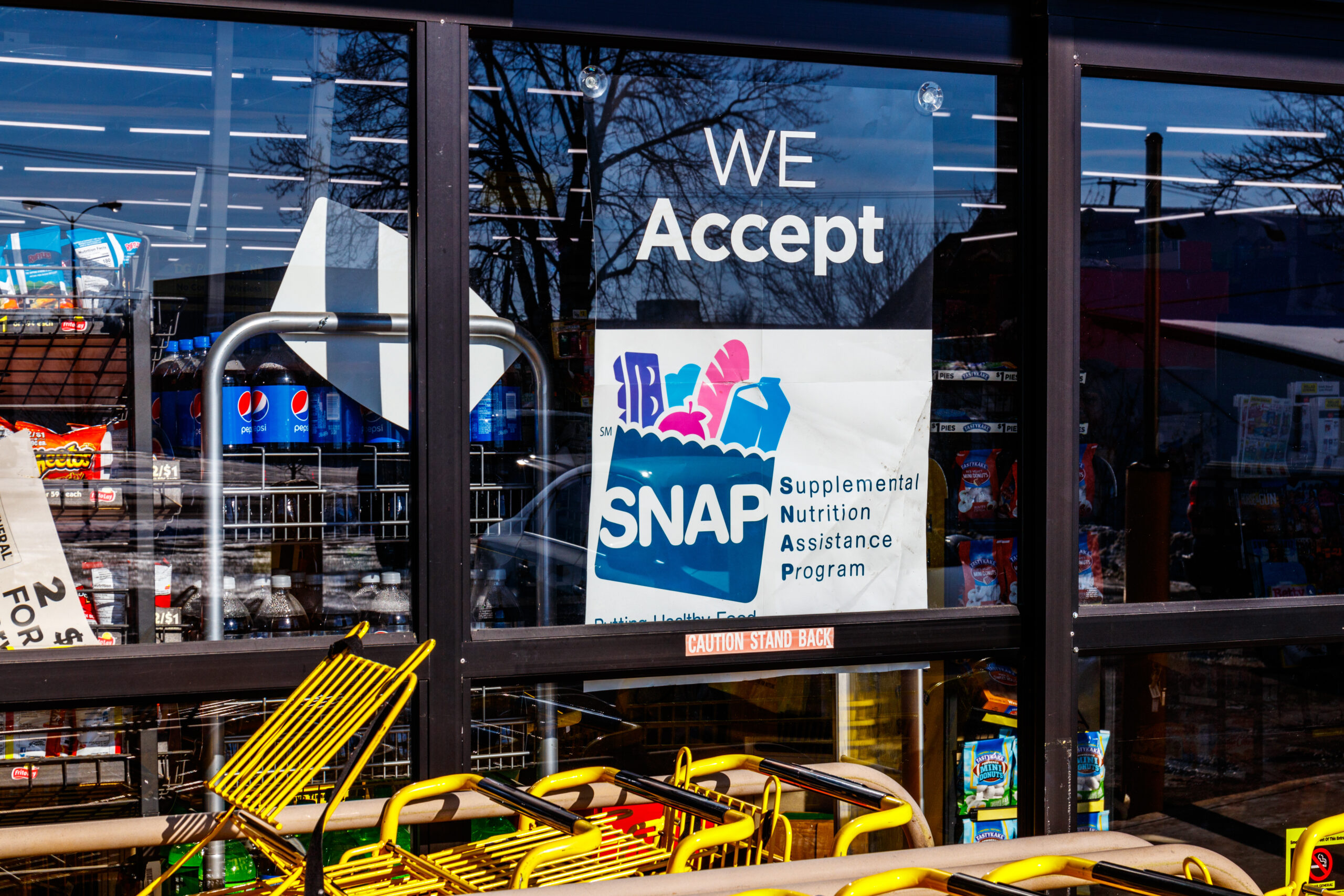Welcome to Our Research Archive
Search and filter by content type, issue area, author, and keyword
- ✕ Clear Filter
- Adam J. White (1)
- Angela Rachidi (62)
- Beth Akers (38)
- Brent Orrell (101)
- Bruce D. Meyer (15)
- Casey B. Mulligan (1)
- Charles Murray (1)
- Daniel A. Cox (11)
- Edward J. Pinto (26)
- Edward L. Glaeser (10)
- Frederick M. Hess (40)
- Greg Wright (1)
- Howard Husock (91)
- Ian Rowe (15)
- James C. Capretta (1)
- James Pethokoukis (20)
- John Bailey (2)
- Joseph Fuller (5)
- Kevin Corinth (76)
- Kyle Pomerleau (9)
- Leslie Ford (6)
- marie cohen (1)
- Mark Schneider (9)
- Mason M. Bishop (2)
- Matt Weidinger (84)
- Matthew Continetti (1)
- Max Eden (3)
- Michael Barone (1)
- Michael Brickman (3)
- Michael Pugh (2)
- Michael R. Strain (34)
- Naomi E. Feldman (1)
- Naomi Schaefer Riley (67)
- Nat Malkus (21)
- Nicholas Eberstadt (5)
- Paul Ryan (3)
- Preston Cooper (37)
- R. Glenn Hubbard (4)
- Ramesh Ponnuru (5)
- Raphael Colard (1)
- Richard Burkhauser (8)
- Richard V. Burkhauser (4)
- Robert Cherry (6)
- Robert Doar (14)
- Robert Pondiscio (18)
- Ross Douthat (2)
- Ryan Streeter (5)
- Sally Satel (2)
- Samuel J. Abrams (7)
- Scott Winship (61)
- Stan Veuger (10)
- Timothy P. Carney (16)
- Tobias Peter (34)
- W. Bradford Wilcox (86)
- Yuval Levin (10)

January 30, 2025
Eliminating the Benefit Cliff and Achieving Savings for Taxpayers: A Reform Proposal for the Supplemental Nutrition Assistance Program
Key Points Read the PDF

January 21, 2025
President Trump’s USDA Should Fix Food Stamp Work Requirement Waivers
As President Donald Trump begins his second term, he and his administration will be exploring ways to improve government efficiency and economic outcomes for low-income Americans. One such policy—a 2019 regulation governing states’ use of waivers to the Supplemental Nutrition Assistance Program’s (SNAP) work requirement—does just that. Although the regulation was never implemented after being…

January 17, 2025
Reforming Work Requirement Waivers in SNAP

December 30, 2024
Coverage, Counter-cyclicality and Targeting of Work Requirement Waivers in the Supplemental Nutrition Assistance Program
Abstract Non-disabled, working age adults without children are required to work 20 hours per week in order to maintain eligibility for the Supplemental Nutrition Assistance Program. However, states may waive the work requirement for areas that meet conditions reflective of a weak labor market. We construct a dataset with the waiver status of each United…

December 17, 2024
Letter to the Department of Government Efficiency on Possible Reforms to the US Welfare System
December 5, 2024
SNAP and the “Make America Healthy Again” Agenda
President Trump has committed to “Make America Healthy Again.” Part of the solution will involve addressing issues within the federal government’s nutrition assistance programs. His nominees to lead the Department of Health and Human Services (DHHS) and the US Department of Agriculture (USDA) will play a pivotal role in advancing this agenda. Nearly six in 10 Americans…

October 30, 2024
A SNAP Reform Framework Focused on the Future
No matter the outcome of next week’s election, we can be certain that the new President and Congress will confront urgent policy and legislative challenges. One priority issue for the new Congress will be renewing the Farm Bill. True to its name, the Farm Bill authorizes a wide range of programs to support farmers and…


October 23, 2024
Work Requirement Waivers Increased FoodShare Caseloads and Costs in Wisconsin
Employment plays a crucial role in helping families escape poverty and move up the income ladder. The Temporary Assistance for Needy Families program, created through welfare reform in 1996, showed that linking government assistance to work could increase employment and decrease poverty among single-mother families. The Supplemental Nutrition Assistance Program, commonly known as food stamps,…

September 27, 2024
Food Insecurity Increases Driven by Middle- and High-Income Households
Last month, the US Department of Agriculture (USDA) released their annual report detailing the prevalence of food insecurity in the United States. The report found that 13.5 percent of all US households are food insecure, or, in plain language, have “limited or uncertain access to adequate food”—a significant increase from the year prior. Just a…